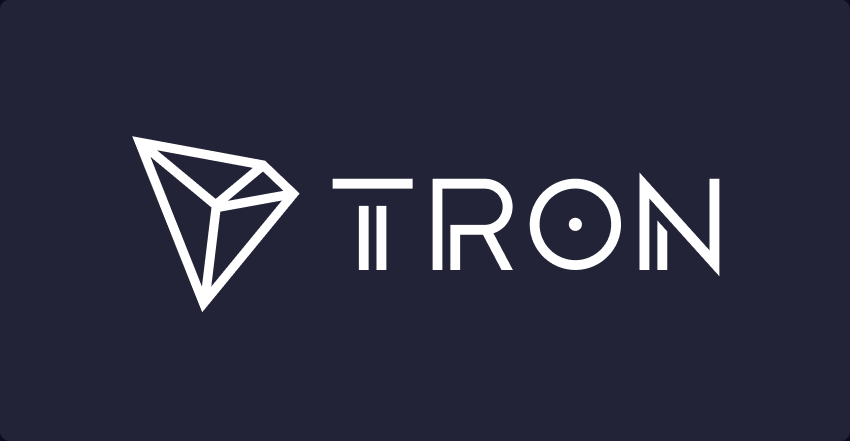
Tron is a popular blockchain platform known for its high-speed transactions and decentralized applications. As with any digital currency, it is important to execute Tron transactions safely and securely to protect your funds and personal information. In this article, we will explore some best practices and provide valuable tips to help you conduct Tron transactions with confidence and peace of mind.
1. Use a Trusted Wallet
When it comes to executing Tron transactions, choosing the right wallet is essential. Look for a trusted wallet provider that has a proven track record in the industry and a strong reputation for security. Make sure the wallet you choose supports Tron transactions and offers features such as two-factor authentication and encryption to safeguard your funds.
2. Double Check Transaction Details
Before confirming any Tron transaction, it is crucial to double check all the details. Check the recipient address to ensure it is correct and matches the intended recipient. Verify the amount you are sending and review any additional transaction fees. Taking a few extra seconds to review the transaction details can prevent costly mistakes and potential loss of funds.
3. Keep Software Up-to-Date
Keeping your wallet software up-to-date is an important security measure. Wallet developers regularly release updates to address any potential vulnerabilities and improve overall security. By regularly updating your wallet software, you can ensure that you have the latest security patches and enhancements, making it harder for hackers to exploit any weaknesses.
4. Stay Vigilant Against Phishing Attempts
Phishing attempts are a common tactic employed by cybercriminals to steal sensitive information, such as private keys or login credentials. Be wary of any unsolicited emails, messages, or advertisements asking for your wallet information. Always access your wallet directly through a trusted source and never click on suspicious links or download attachments from unknown sources. By staying vigilant, you can protect yourself from falling victim to phishing scams.
5. Backup Your Wallet
Backing up your wallet is an essential step in safeguarding your funds. Create a backup of your wallet’s private keys or seed phrase and store it in a secure location. This backup will ensure that you can recover your funds in case of a lost or stolen device. Remember to keep this backup offline and never share it with anyone to maintain the highest level of security.
By following these best practices and tips, you can execute Tron transactions safely and securely. Always prioritize the security of your funds and take the necessary precautions to protect your personal information. Remember, in the world of cryptocurrency, prevention is key to maintaining a worry-free and successful transaction experience.
Understanding Tron Transaction Execution
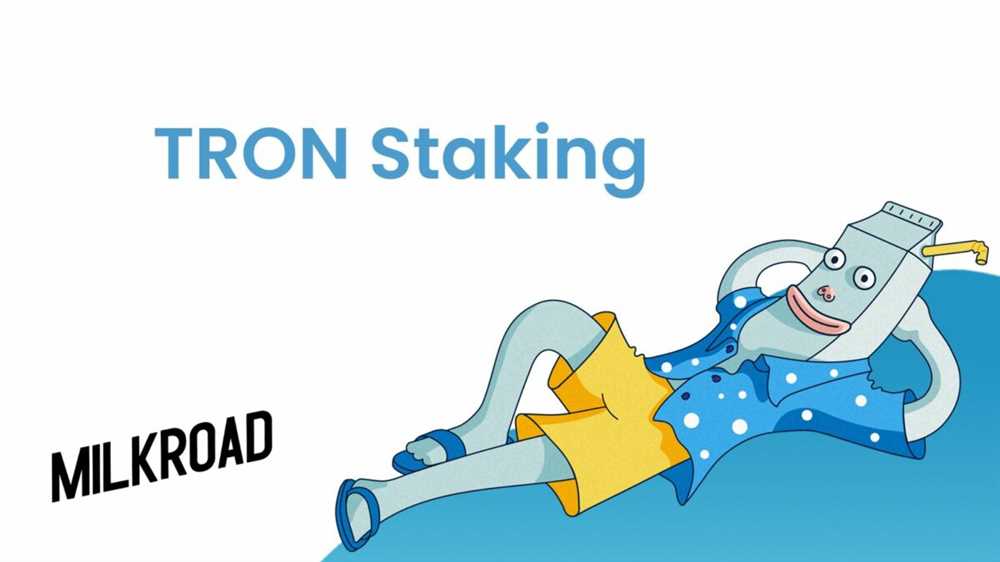
Tron is a blockchain-based platform that allows users to execute transactions in a secure and decentralized manner. Understanding how Tron transaction execution works is crucial for ensuring the safety and security of your funds. In this section, we will delve into the process of executing Tron transactions and discuss best practices and tips to follow.
When you initiate a Tron transaction, it goes through a series of steps before it is confirmed and added to the blockchain. Here is a simplified overview of the Tron transaction execution process:
- Transaction Creation: The first step in executing a Tron transaction is creating the transaction itself. This involves specifying the transaction type, the sender and recipient addresses, the amount to be transferred, and any additional data.
- Transaction Signing: Once the transaction is created, it needs to be signed by the sender using their private key. This step ensures that the transaction is authentic and authorized by the sender.
- Transaction Broadcast: After the transaction is signed, it needs to be broadcasted to the Tron network. This is done by sending the transaction to multiple nodes, which then propagate it to other nodes in the network.
- Transaction Confirmation: Once the transaction is broadcasted, it needs to be confirmed by the Tron network. This process involves miners validating the transaction and including it in a block.
- Block Validation: Once the transaction is included in a block, it is further validated by nodes in the network. This step ensures that the block and the contained transaction are valid and adhere to the consensus rules.
- Block Addition: After the transaction is confirmed and validated, the block containing the transaction is added to the blockchain. This step makes the transaction permanent and tamper-proof.
Understanding the Tron transaction execution process is important for several reasons. Firstly, it allows you to track the progress of your transactions and ensure they are successfully executed. Additionally, it enables you to identify any potential issues or vulnerabilities in the execution process and take the necessary precautions.
To ensure the safe and secure execution of Tron transactions, follow these best practices and tips:
- Use reputable wallets and exchanges that have a proven track record of security.
- Keep your private keys secure and never share them with anyone.
- Double-check the transaction details before signing and broadcasting it. Any mistakes in the transaction could result in loss of funds.
- Verify the transaction confirmation on the blockchain explorer to ensure it is added to the blockchain.
- Implement additional security measures such as multi-factor authentication and hardware wallets for added protection.
By following these best practices and understanding the Tron transaction execution process, you can ensure the safety and security of your funds on the Tron blockchain.
Best Practices for Safe Execution

When it comes to executing transactions on the Tron network, following best practices can help ensure the safety and security of your assets. Here are some tips to keep in mind:
1. Use Trusted Wallets
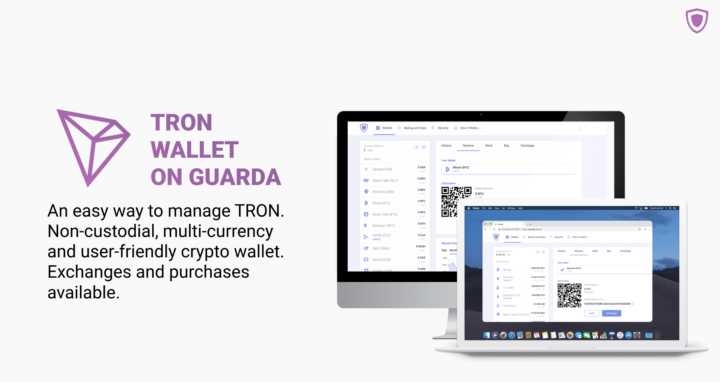
Before executing any transaction, make sure you are using a trusted Tron wallet. It is important to do your research and choose a wallet that has a good reputation and positive user reviews. Using a trusted wallet reduces the risk of falling victim to phishing attacks or other malicious activities.
2. Verify Transaction Details

Always double-check the transaction details before confirming the execution. Make sure the recipient address, amount, and any additional parameters are accurate. Verifying the transaction details helps prevent sending funds to the wrong address or executing transactions with incorrect parameters.
3. Keep Software and Wallets Updated
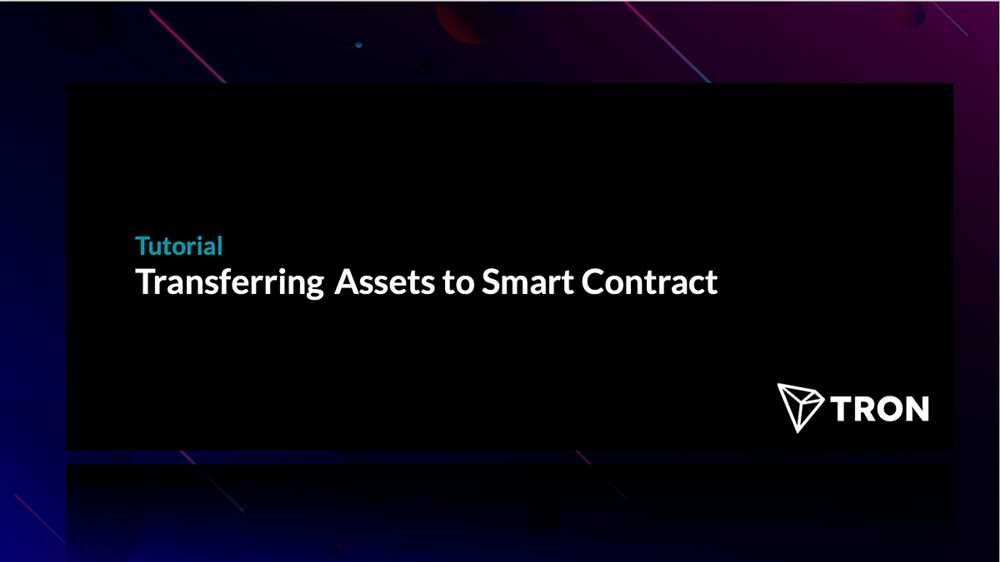
Regularly update your Tron wallet software and any associated tools or plugins. Updates often include security patches and bug fixes that can help protect your assets. Keeping your software and wallets up to date reduces the risk of vulnerabilities being exploited by attackers.
4. Enable Two-Factor Authentication
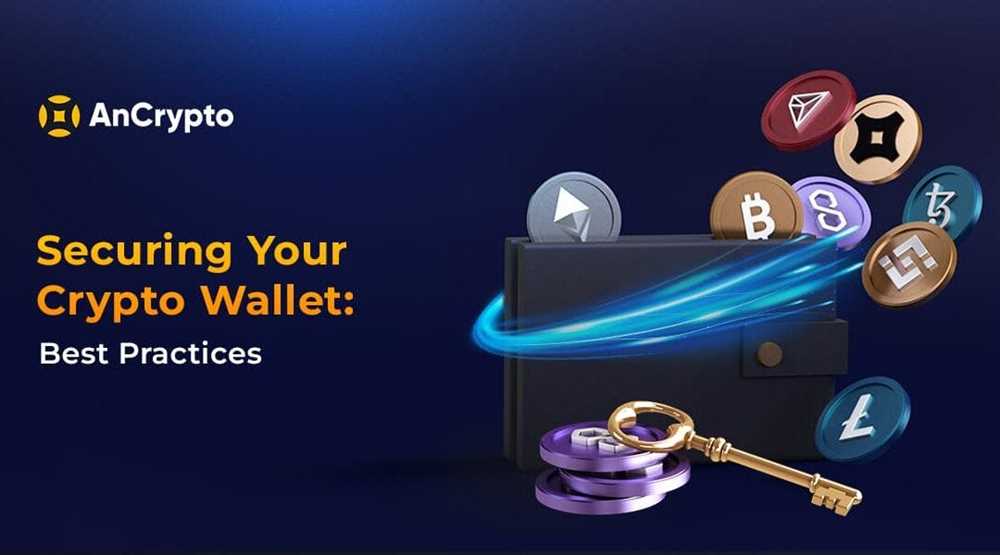
Implementing two-factor authentication (2FA) adds an extra layer of security to your Tron wallet. By requiring a second verification code, even if an attacker obtains your password, they will be unable to access your wallet without the additional authentication. Enable 2FA whenever possible to protect your funds.
5. Be Cautious with Third-Party Services

When using third-party Tron services, exercise caution and be mindful of potential risks. Research the reputation and security practices of any service before using it. Avoid using services that ask for excessive permissions or require you to provide private keys. Be cautious when entering private information online.
By following these best practices, you can help ensure the safe and secure execution of your Tron transactions. Remember to stay vigilant and regularly update your knowledge about potential threats and scams that may arise in the cryptocurrency ecosystem. Stay informed and protect your assets thoroughly.
Tips for Secure Execution
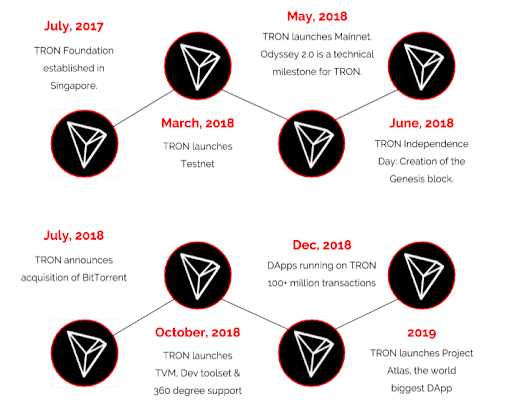
When executing Tron transactions, it is important to prioritize security and follow best practices to protect your assets. Here are some tips for securely executing Tron transactions:
- Use a secure wallet: Choose a reputable wallet that offers advanced security features, such as multi-factor authentication and cold storage. This will help protect your private keys and prevent unauthorized access to your funds.
- Double-check the recipient address: Always verify the recipient address before sending a transaction. Copying and pasting the address is recommended to avoid any mistakes or typos.
- Verify the transaction details: Before confirming a transaction, make sure to review all the details, including the amount, fees, and any additional information. This will help prevent any unintended transfers or errors.
- Keep software up to date: Ensure that your wallet software and any related applications are regularly updated with the latest security patches and bug fixes. Outdated software can have vulnerabilities that hackers can exploit.
- Be cautious with public Wi-Fi: Avoid performing Tron transactions when connected to public Wi-Fi networks. These networks may be insecure, making it easier for hackers to intercept your data and compromise your transactions.
- Enable two-factor authentication: Add an extra layer of security to your wallet by enabling two-factor authentication (2FA). This will require you to provide a verification code in addition to your password when accessing your wallet.
By following these tips, you can minimize the risks associated with executing Tron transactions and ensure the safety of your assets.
Can you explain what Tron transactions are?
Tron transactions refer to the transfer of TRX, the native cryptocurrency of the Tron blockchain, between addresses within the network. These transactions are recorded on the blockchain and can involve sending TRX from one wallet address to another, or interacting with smart contracts on the Tron network.